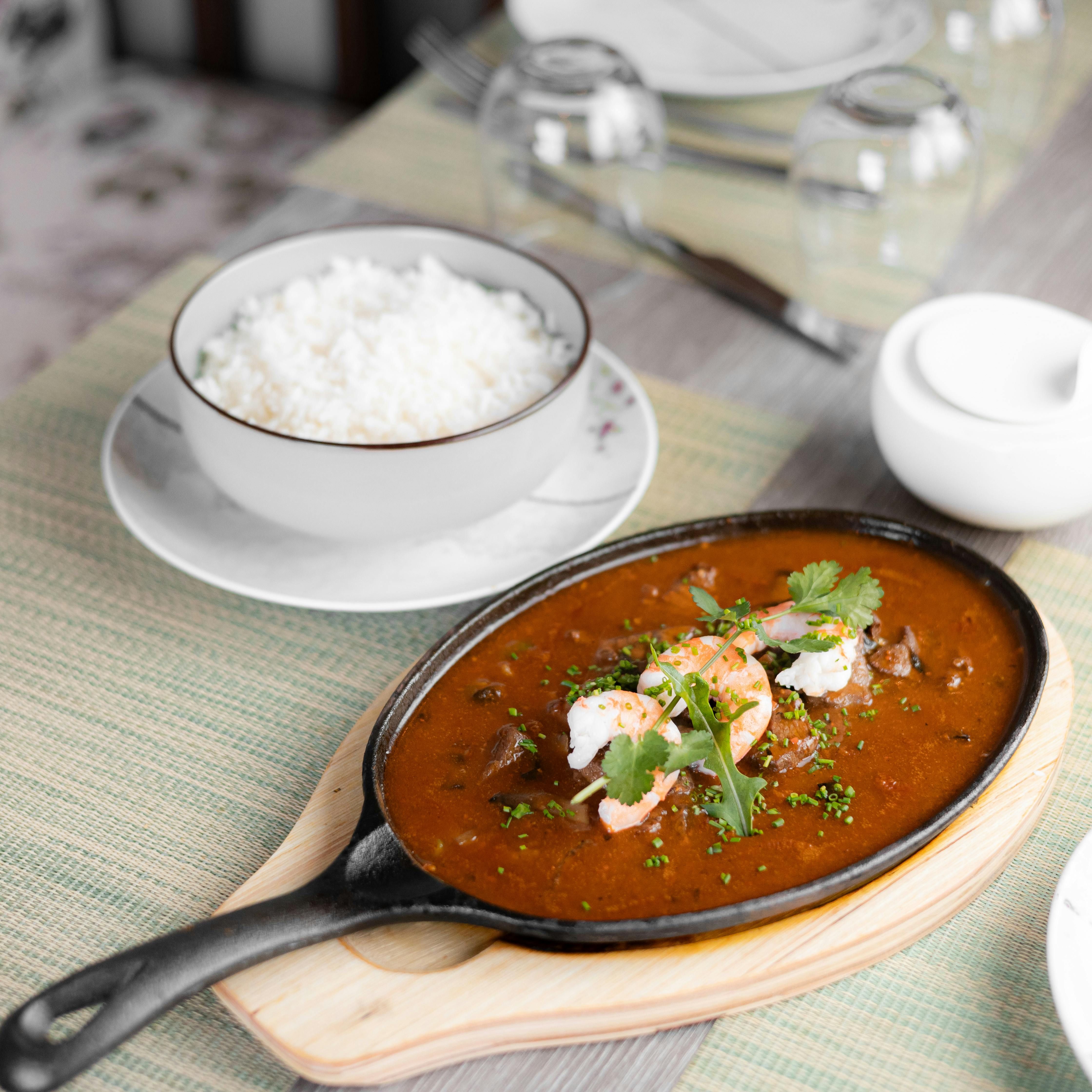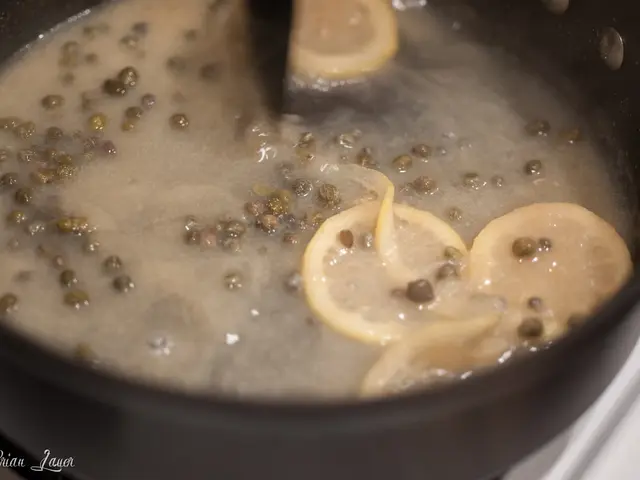Comprehensive Overview of All-Purpose Flour: A Must-Know Guide
Ever stumbled upon an ingredient in a recipe that left you scratching your head? That's where all-purpose flour comes in, saving the day for your baked goods.
Not quite sure what AP flour is? Well, let's take a little dive into its world. All-purpose flour, also known as general-purpose or plain flour, is a household essential for good reason. It's perfect for home cooks who want versatility and ease without the need for professional-grade equipment or specialized flours.
Flour itself is essentially finely ground and sifted meal made from edible grains. In the case of all-purpose flour, it's mostly made from hard and soft wheat. This blend provides a balance between strength and tenderness, making it suitable for a variety of recipes, such as cakes, cookies, breads, and muffins.
Now, you might be wondering what sets all-purpose flour apart from others like cake flour, bread flour, and whole-wheat flour. The main difference lies in their protein content, texture, and intended use. Let's cover each one briefly:
- All-Purpose Flour: Typically contains 10-12% protein, providing the necessary gluten for structure while still maintaining a tender texture.
- Cake Flour: Has a lower protein content (6-8%) with a fine, powdery texture. This results in a soft, delicate texture that works best for light-textured baked goods, like cakes and cookies.
- Bread Flour: Boasts a higher protein content (12-15%) to support strong gluten development for dense, chewy baked goods like bread and pizza dough.
- Whole-Wheat Flour: Contains a similar protein content to all-purpose flour but includes more fiber and nutrients due to the inclusion of bran and germ. This results in a nuttier flavor and denser texture.
A common misconception is that you can use any type of flour interchangeably. However, it's crucial to use the appropriate flour for your recipe to achieve the desired texture and flavor.
All-purpose flour is your go-to option for most everyday baking needs, especially when no specific type of flour is mentioned in a recipe. If you don't have cake flour or bread flour on hand, you can make a substitute. For cake flour, use 1 cup of all-purpose flour minus 2 tablespoons and add 2 tablespoons of cornstarch. If you're missing bread flour, all-purpose flour can work in a pinch, although it may result in slightly less chewiness.
With this newfound knowledge, take your baking skills to the next level and try out some delicious recipes! Here are a few ideas to get you started:
1. Buttermilk Biscuits and Sausage Cream Gravy
Step up your breakfast game with this classic, satisfying meal.
Get our Buttermilk Biscuits and Sausage Cream Gravy recipe.
2. Easy Carrot Cake with Cream Cheese Icing
Moist, flavorful, and oh-so-delicious, this carrot cake is the perfect dessert for any occasion.
Get our Easy Carrot Cake with Cream Cheese Icing recipe.
3. Strawberry Shortcake Muffins
Add a sweet twist to classic shortcake with these scrumptious muffins.
Get our Strawberry Shortcake Muffins recipe.
4. Savory Cheddar Waffles
Looking for a unique dinner option? These savory cheddar waffles are just what you need.
Get our Savory Cheddar Waffles recipe.
5. Butterscotch-Pecan Blondies
Craving something sweet and chewy? These blondies are a dessert game-changer.
Get our Butterscotch-Pecan Blondies recipe.
Armed with all-purpose flour and the knowledge of its uses, you're ready to create amazing baked goods in no time! Happy baking! 🥘🍰🐾
- With a balance between strength and tenderness, all-purpose flour is ideal for various baking needs, such as when consuming a delicious Buttermilk Biscuits and Sausage Cream Gravy.
- The lower protein content in cake flour produces a soft, delicate texture, making it perfect for light-textured baked goods like our Easy Carrot Cake with Cream Cheese Icing.
- If the recipe calls for bread flour but you only have all-purpose flour, use it as a substitute, although you might notice a difference in chewiness. You can still enjoy savory treats, like our Savory Cheddar Waffles, made with the versatile all-purpose flour.
- The nuttier flavor and denser texture of whole-wheat flour make it a suitable option for experimenting with innovative recipes, like the Butterscotch-Pecan Blondies. Embrace your inner chef using the essential all-purpose flour! Enjoy your baking journey! 🥘🍰🐾








